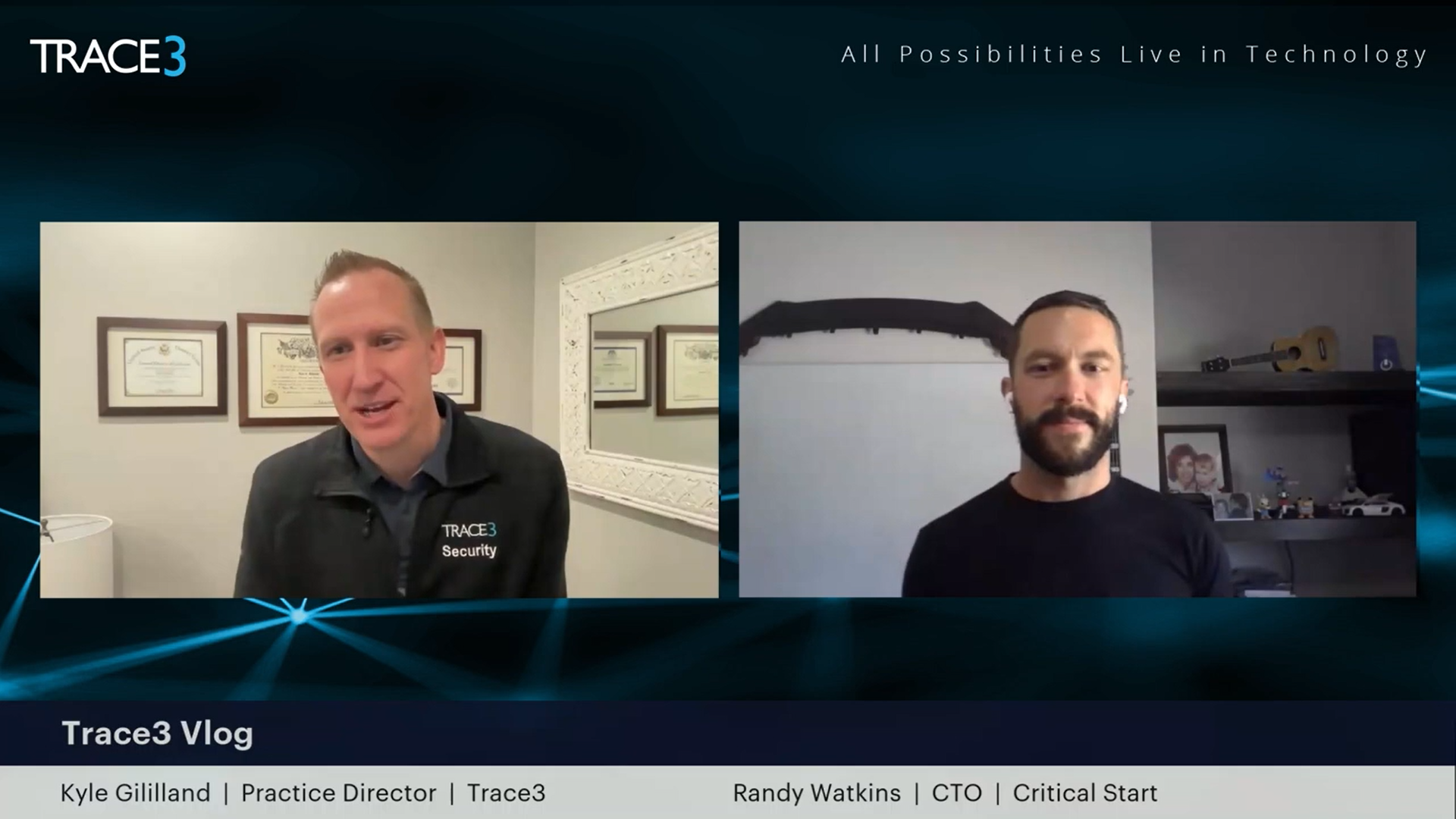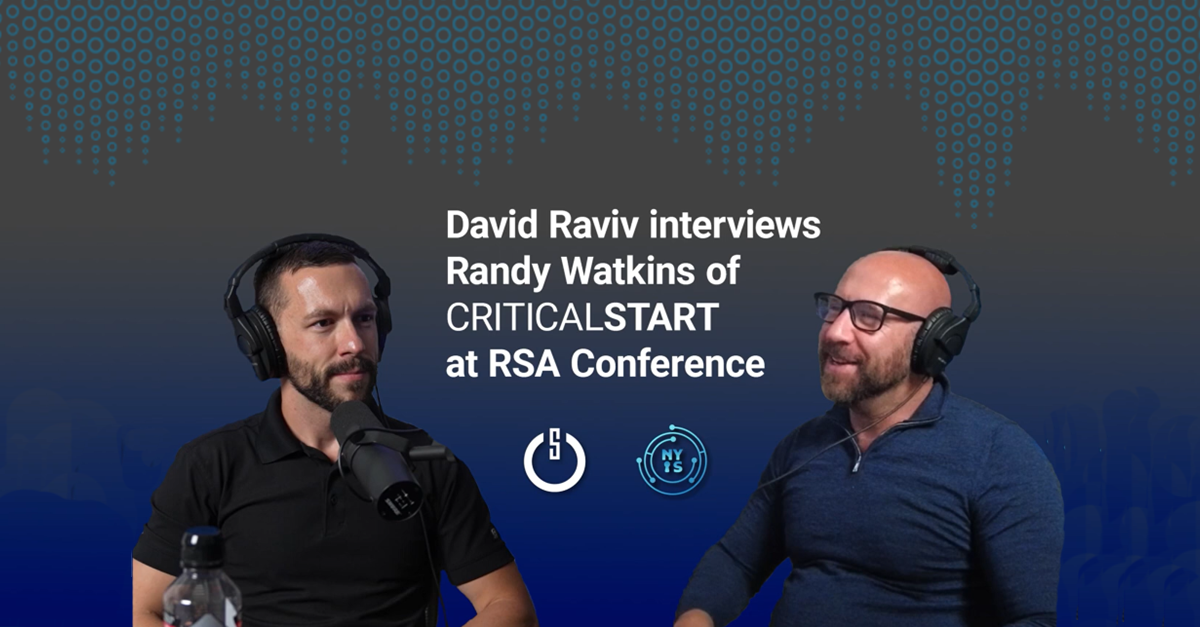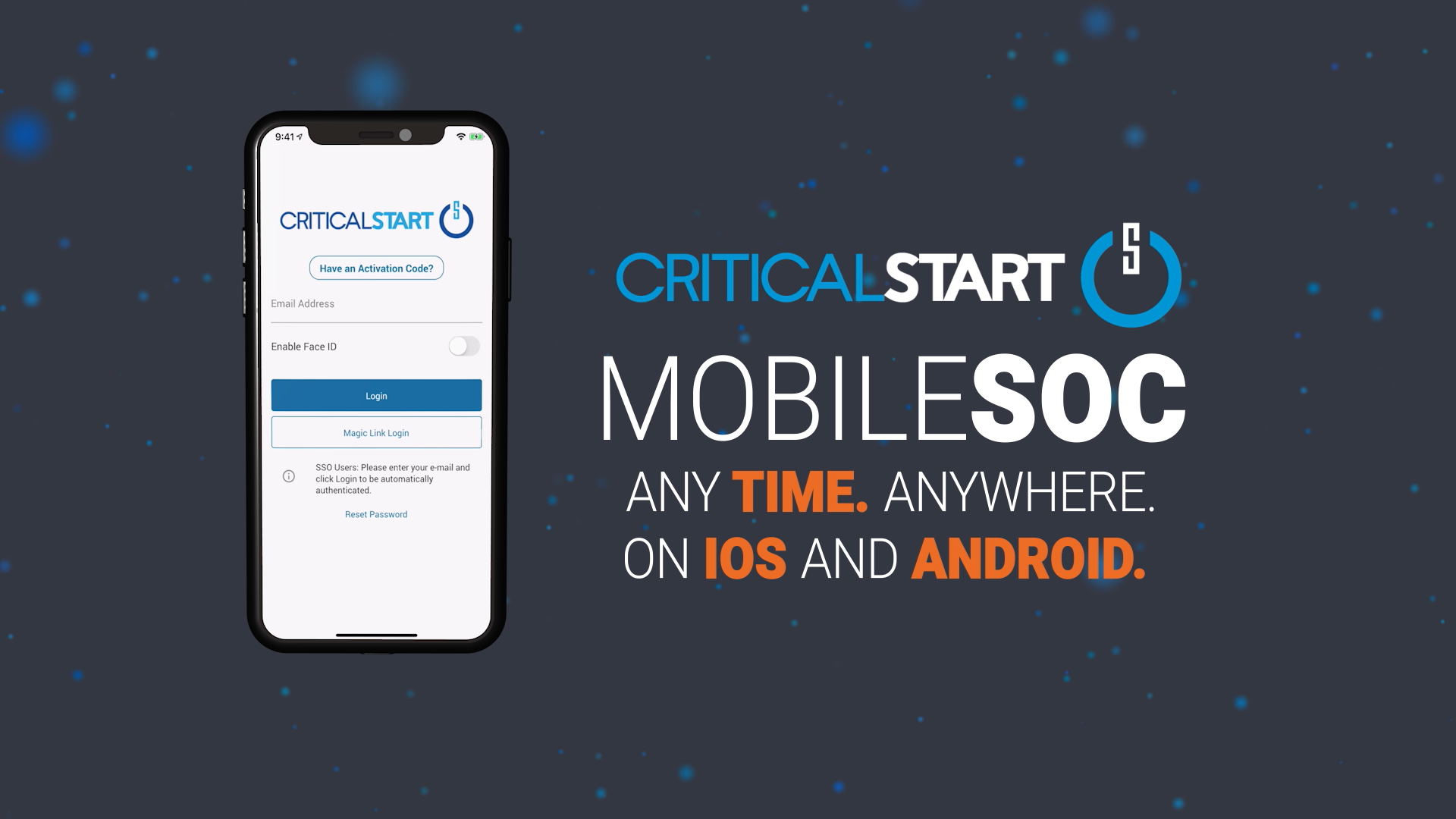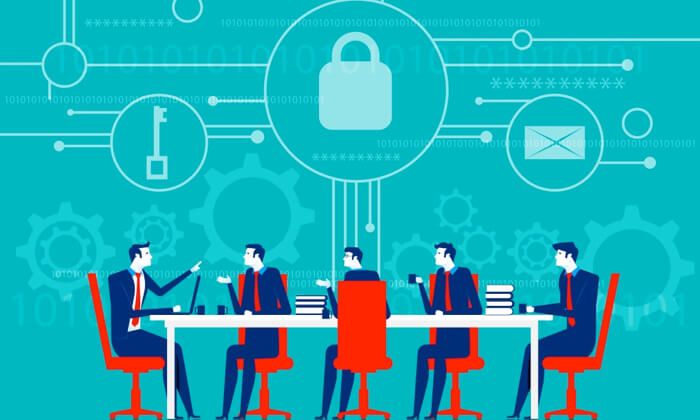Critical Start MDR: Welcome To Your New World
Video Transcript:
It’s time for a world where no security threat goes undetected. A world where all threats are responded to and mitigated quickly before an attacker can cause damage.
A world where security leaders aren’t always wondering if their Endpoint Security and SIEM tools are providing full coverage, leaving them waiting to see where the next breach will pop up. Where threat actors don’t have the advantage of hunting, discovering, and exploiting MDR blind spots caused by security tooling coverage gaps.
With the expert analysts at Critical Start and the power of our Cyber Operations Risk & Response™ (CORR) platform, this world becomes a reality.
In this world, security leaders have increased confidence in their cyber defense, knowing that Critical Start verifies the SOC is receiving all the expected threat signals from across the IT estate to strengthen threat monitoring, speed response, and reduce risk exposure.
We help prioritize preventative measures to avoid successful attacks with additional capabilities to help leaders like you get a better understanding of your overall security risk exposure and give you actionable insights to fix what you prioritize.
It’s a place where you can reduce dwell time from anywhere, at any time, with our mobile app, where MITRE ATT&CK® Mitigations Recommendations are provided based on threats in your environment to stop repeated attack vectors, where responses are contractually obligated, with a 10-minute notification for Critical alerts and a 60-minute or less Median Time to Resolution (MTTR) for all alerts, regardless of priority.
Welcome to your new world.
Critical Start. Don’t Fear Risk. Manage It.




